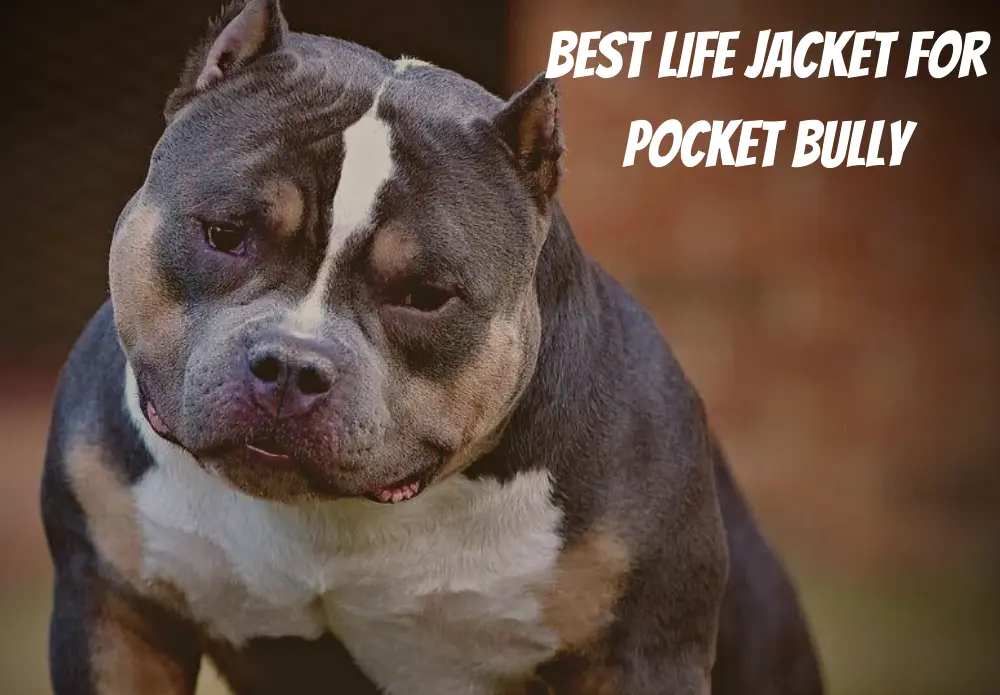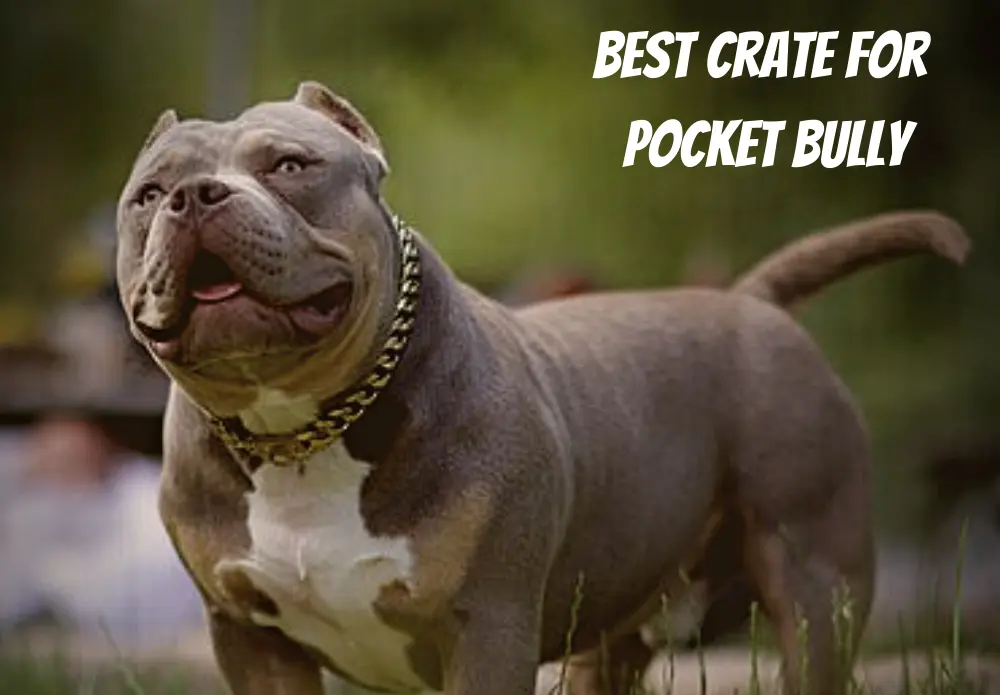The beautiful and alluring Blue Cane Corso has won the hearts of dog lovers all around the world. These dogs, who stand out from other breeds by their enormous size, powerful physique, and graceful appearance, are not only attractive but also have a special disposition.
What is a Blue Cane Corso?
A Black Cane Corso that has the recessive dilution gene present is referred to as a Blue Cane Corso. Although many other breeds call this color “blue,” the Cane Corso officially refers to it as “gray.”
Although there is some ambiguity surrounding this subject, it is crucial to understand that anyone referring to a Blue Cane Corso is referring to what is known as Gray.
The recessive dilution gene is required for the development of a Blue Cane Corso. This implies that any offspring generated must receive DNA from both parents. If both parents of a Cane Corsi are blue, the kid will always be blue. This does not preclude you from breeding non-blue dogs with blue dogs, either.
A Non-Blue Cane Corso must be a Blue carrier to create a Blue Cane Corso. It is possible for a person with a Black coat to also have Blue genetics because Blue is a recessive color. However, it has a lower possibility of producing Blue puppies when combined than when breeding Blue Cane Corsis.
One in two puppies from the cross of a Blue Cane Corso and a Blue carrier should be born Blue, with the other half being Blue carriers. Despite neither parent being Blue, there would still be a 1 in 4 possibility of a Blue puppy in breeding between two Blue carriers. Additionally, 1 in 2 Blue Carriers and 1 in 4 Non-Blue Carriers would exist.
Blue Brindle Cane Corso
One Blue Brindle Officially, a Cane Corso is known as a Gray Brindle Cane Corso. The dilution gene is necessary for a Blue Brindle to convert any Cane Corso coat from black to blue. Additionally, the Brindle gene is necessary.
A Blue Brindle is still fairly popular and simple to breed for, although being less frequent than a solid Blue. More than 50% of the babies produced by mating two Brindles will likely also be Brindles.
The Italian Mastiff is another name for the Cane Corso. The Brindle pattern is known as Tigrato in Italian, which describes the appearance as tiger stripes. Due to the alternation of lighter and darker colors, the Brindle pattern itself is frequently referred to in the same way.
This causes lighter/darker Blue/Gray hues to intertwine in a Blue Brindle, resulting in a beautiful pattern. Every Tiger is said to be unique, and the Brindle pattern is equally unique in that it never repeats itself.
Unraveling the Unique Characteristics of Blue Cane Corso
Despite having many characteristics in common with other Cane Corso breeds, the Blue Cane Corso stands out thanks to a few subtle variances. Blue Cane Corsos are distinguished from other Cane Corsos by a variety of morphological and behavioral characteristics in addition to their eye-catching coat color.
These dogs have athletic and agile physique that is muscular and powerful. Their distinctive and striking appearance is a result of their large heads, powerful jaws, and almond-shaped eyes.
They are protected from severe weather by their short, thick, and water-resistant blue-gray coats. Because of their distinctive coat color, they may be more susceptible to skin problems, therefore adequate maintenance and grooming are crucial.
Blue Cane Corso with Humans and Animals
The Blue Cane Corso temperament is very serious yet sensitive. Being working dogs, they are quite independent and if not trained correctly, they will try to assert dominance.
Because of their size, Blue Corsos can easily overpower some animals or even people. However, despite their scary appearance, they are very kind.
These large canines need to be engaged to avoid being bored and easily angry. Cane Corsos, on the other hand, aren’t extremely gregarious and typically feel at ease around their family. To help children understand that not everyone poses a threat, early socialization is essential.
Cane Corsos have a strong prey drive and can frequently hunt other animals down, even if some members of the breed get along well with other pets. It’s essential to introduce the dog to kids when it’s young. When your Cane Corso interacts with kids or other animals, keep an eye on them.
Cane Corsos are a well-liked option for keeping an eye on their owners and property because of their size and power. Yet they may not be the best choice for families with children.
Life Expectancy and Health
Cane Corsos have an average lifespan of 10 to 11 years. This breed, like other large breed dogs, lives less than their smaller counterparts because they age more quickly and are more likely to experience health issues.
However, if you provide your Cane Corso with a good lifestyle, suitable diet, exercise, and routine veterinary visits for preventive treatment, you can increase their average lifespan.
Common Cane Corso Health Problems
Particular breeds of dogs are more likely than others to experience particular health issues. For Cane Corso specifically, the most typical health issues are:
- Hip dysplasia
- Bloating
- Ectropion
- Idiopathic epilepsy
- Back Problems
When searching for a Cane Corso make sure you get the one with the best lineage and healthy parents. The puppy can inherit some of the health problems and as your pet ages, these health risks increase, making it crucial to enroll in insurance as soon as you can to avoid unpleasant surprises.
Blue Cane Corso Training and Exercise
Blue Cane Corsos are intelligent, obedient, and eager to please dogs which makes them easy to train. Early socialization and training are recommended for all breeds but in the case of Cane Corsos, they are an absolute must.
Socialization will help them grow into well-behaved and well-adjusted adult dogs. While obedience training will help them keep from dominant over you or anyone else. Cane Corsos respond best to positive training, treats, and praises.
And to keep those amazing muscles up to the task, these dogs need a great deal of exercise. A mile-long run twice a day should be enough to keep them fit and healthy. Blue Cane Corsos are working dogs and are the happiest when they have a task to do.
They need both physical and intellectual stimulation to prevent any destructive behavior. If you want to keep your Cane Corso mentally engaged, especially if they are left alone for extended periods, think about giving them enrichment toys like treat puzzles. Canine sports including dock diving, obedience, agility, and tracking are popular among Cane Corsos.
Blue Cane Corsos Diet and Nutrition
Large amounts of food are necessary for Cane Corsos. The precise amount of each feeding will vary depending on the food brand, but meal-feeding, which involves giving a specified amount of food at regular intervals, most frequently twice a day, is the best approach to maintaining a healthy weight.
Regular feeding schedules might also lessen the chance of bloat or stomach torsion. Think about your dog’s age, weight right now, lifestyle, and other medical issues while selecting a food.
Contact your veterinarian if you experience weight gain or have concerns about the type, quantity, or feeding schedule.
Blue Cane Corsos Grooming Requirements
The coat of a Cane Corso is short and has two layers. The undercoat sheds throughout the entire year, especially during the spring. They should be brushed once a week (daily during the shedding season), occasionally bathed, and occasionally had their nails clipped.
Price Of Blue Cane Corso
The Blue Cane Corsos being a rare color among Corsos, is on the high-end price of the breed. The price for a Cane Corso is between $1,000 to $4,000 and an average of $15,00. Whereas the Blue cane Corsos will cost $5,000 or more.
If you are interested in buying a Cane Corso then you should do your research and buy from a reputable breeder. A good breeder will be able to provide you with a healthy and clean dog that will be worth every single penny.
Some good breeders that have Blue Cane Corso for sale are Diamond Crest Kennels, Norcal Cane Corso, Royal Guardian Cane Corso, and Blue Kings Cane Corsos.
But if you want to save money and still get a dog, I suggest adopting it from a rescue center. Keep in contact with your local dog shelter so you will know when a Blue Cane Corso is available for adoption.
Conclusion
Blue Cane Corsos are the same as any other Corso except blue coat color. They are amazing dogs that love to play and work with their owners.
Once properly trained they will never disobey you and try their best to please you. Cane Corsos considers you it’s family and will forever love and adore you no matter what. Make sure to socialize them from a young as they are strong and can do a lot of damage unintentionally.






